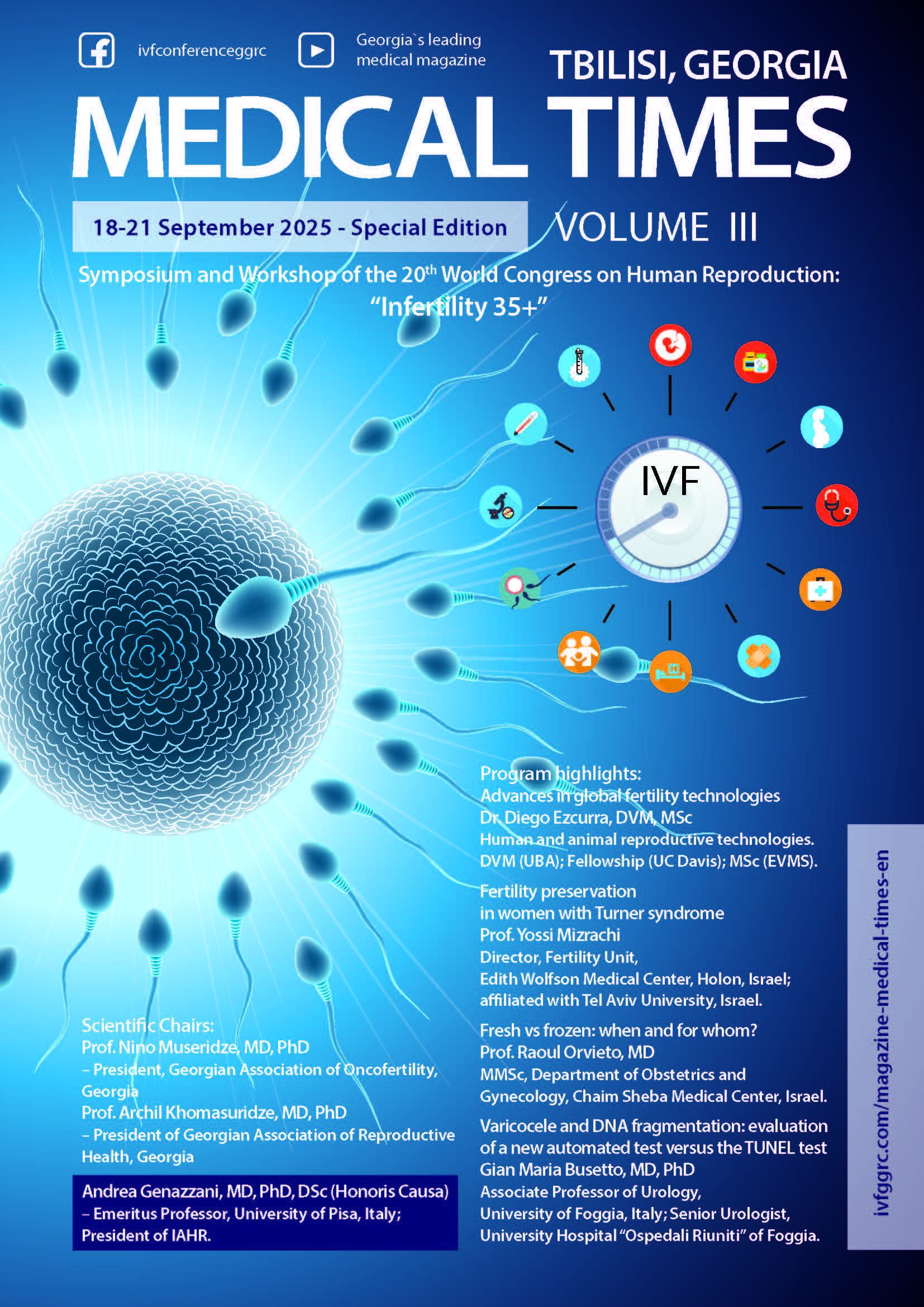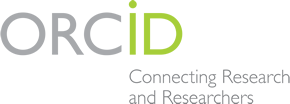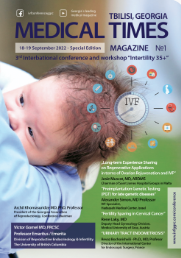Best Strategies for Egg Donor Preparation: A Retrospective Analysis of a Single-Center Cohort
DOI:
https://doi.org/10.71419/mtggrc.2025.24Keywords:
egg donation, IVF, ovarian stimulation, AMH, FSH, follitropin delta, oocyte quality, PGT-AAbstract
Egg donation is a critical component of assisted reproductive technology, but its success hing-es on optimal donor selection and stimulation protocols. This article summarizes a retrospec-tive analysis of egg donor preparation strategies at a single fertility center. The study evalu-ated donor selection criteria, oocyte quantity and quality, the role of preimplantation genetic testing for aneuploidy (PGT-A), and the comparative efficacy and safety of different follitropin preparations. Key findings indicate that while age is a significant factor, anti-Müllerian hor-mone (AMH) is a more crucial marker for ovarian reserve. A substantial proportion of cycles experienced “unmet expectations”, highlighting the physiological variability of AMH and the importance of considering antral follicle count (AFC) in cases of discordance. The data sug-gest no statistically significant difference in oocyte quantity or quality in younger donor age groups (≤30 years). Furthermore, PGT-A did not improve live birth rates in this donor oocyte population, though it did prevent transfers in cycles with no euploid embryos. The use of fol-litropin delta demonstrated a higher safety profile in terms of ovarian hyperstimulation syn-drome (OHSS) risk. These findings underscore the need for a personalized approach to donor stimulation, with AMH as the primary guide for selection and dose determination, while also acknowledging the value of other markers and protocols.
Downloads
Published
Issue
Section
License
Copyright (c) 2025 Halyna Strelko (Author)

This work is licensed under a Creative Commons Attribution 4.0 International License.
In case an article is accepted for publication it is allowed to combine the article with other research, to conduct new research on the article, or to make different arrangements on condition that the same license is used including commercial purposes.
As an author of an article published in the Medical Times, you retain the copyright of your article and you are free to reproduce and disseminate your work.














